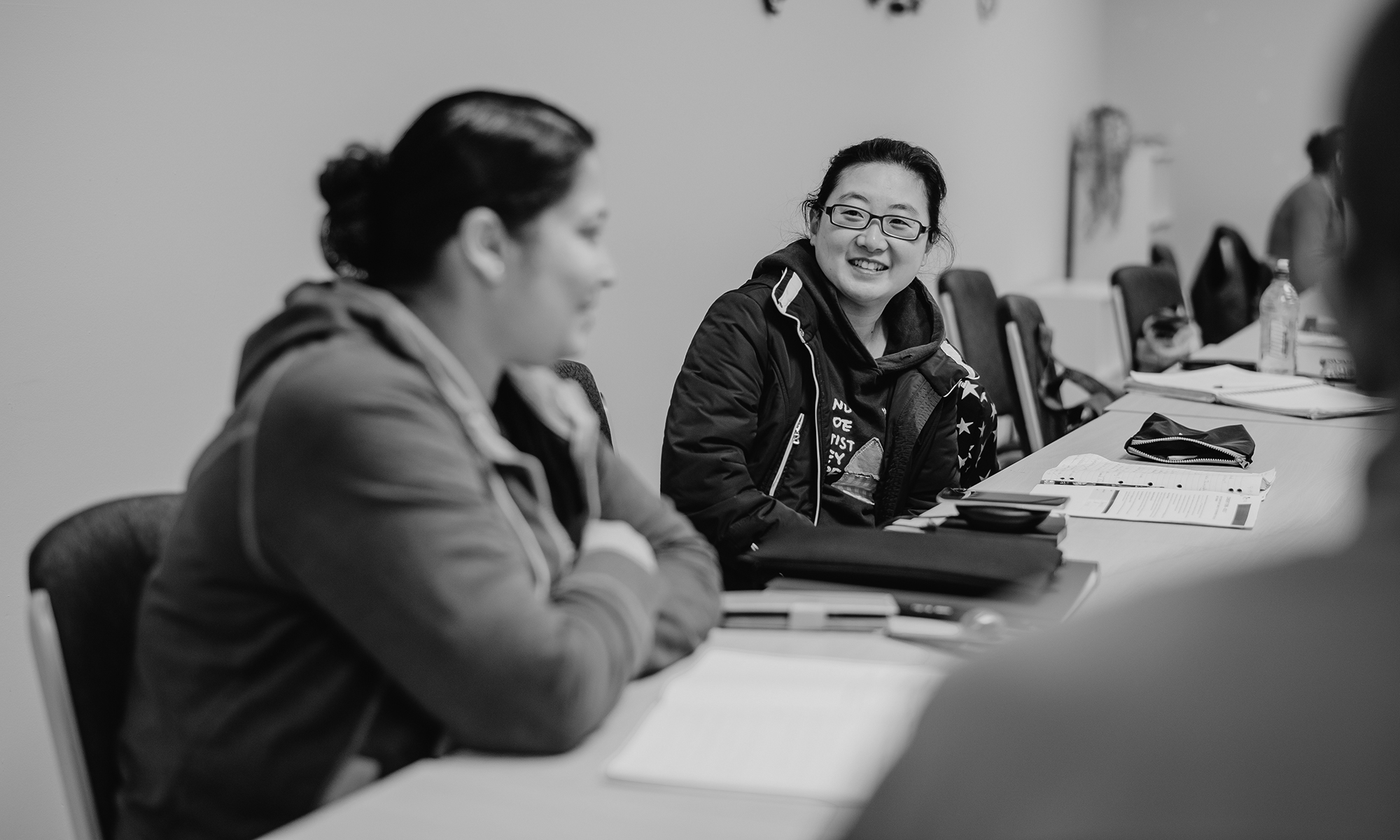Authors: Amat Taap Manshor and Siong Choy Chong, Finance Accreditation Agency, Malaysia; Roslyn Cameron, Curtin University, Australia
Edition: Volume 54, Number 3, November 2014
Summary: The development of qualifications systems and frameworks assists in promoting lifelong learning and work-based recognition systems. Several nations in the Asian Pacific region have established national qualifications frameworks across their respective educational sectors (e.g., Australia, New Zealand, Hong Kong, Malaysia and the Philippines), whilst others have frameworks for specific educational sectors (e.g., Singapore and Thailand). Work is also underway to develop an ASEAN Qualifications Reference Framework which “will enhance each country’s national qualification framework or qualification system while providing a mechanism to facilitate comparison and transparency” (ASEAN 2013: p. 2). However, academic and vocational-based qualifications remain the primary emphasis of these frameworks. This paper focuses on the development of a Finance Qualifications Structure (FQS) and the crucial role this will play in the development of human capital in the financial services industry (FSI) not only in Malaysia, but across Asia and beyond into the Middle East, African and European regions. The FQS aims to integrate and harmonise all the professional qualifications in the FSI into a single structure on the basis of FAA Learning Standards and FAA Recognition of Learning (RPL). Talent management and mobility in the FSI is a key concern as is the need to recognise the competencies of those who have been working in the sector for many years but may possess only professional but not academic qualifications. The paper is centred on the role played by the Finance Accreditation Agency (FAA) in developing the FQS through high levels of stakeholder engagement and consultation, both nationally and internationally and the important role played by the recognition of prior learning. The level of industry and stakeholder engagement in the development of the FQS and the importance of the FAA Recognition of Learning (FRL) have been outstanding features of FAA’s activities and have been identified as key enablers by the International Labour Organization (ILO) for fostering effective lifelong policy and practice (Singh and Duvekot 2013).
Keywords: Finance Qualifications Structure, learning standards, recognition of prior learning, national qualification frameworks, finance services industry, Malaysia.
![]()
![]()
![]()
![]() Share a copy of this abstract.
Share a copy of this abstract.
This article is part of AJAL, Volume 54_3. The entire volume is available in .pdf for purchase here.
